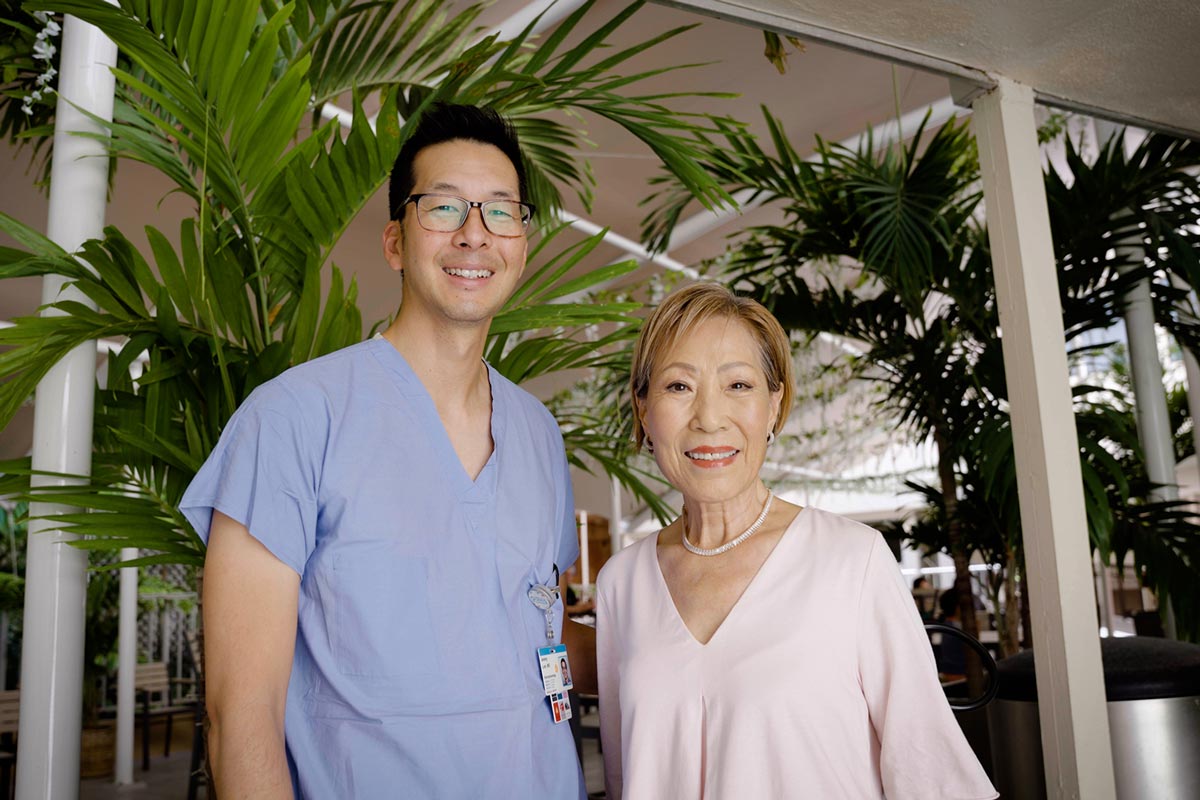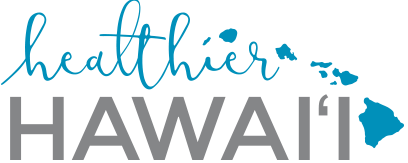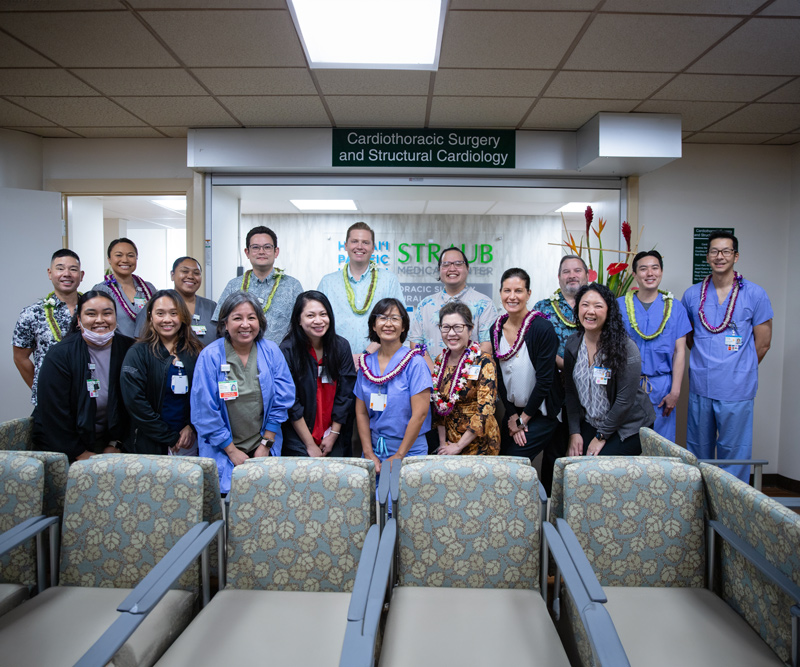
Treating A-fib on Her Own Terms
Chung Lucky prides herself on leading an active, healthy lifestyle. Which is why when, at age 79, she began experiencing dizzy spells and an irregular heartbeat, she immediately called her doctor to get to the root of the problem.
"I have been very healthy ever since I was born," Lucky said. "I was in shock."
Lucky was diagnosed with atrial fibrillation (A-fib), a heart condition that causes irregular heart rate and poor blood flow.
"A-fib is the most common heart rhythm disorder that we take care of. It affects a lot of people. Chances are you probably know somebody who has A-fib," said Dr. Jeremy Lum, a Hawaii Pacific Health Medical Group cardiac electrophysiologist based at Straub Benioff Medical Center.
An estimated 7 million Americans are affected by this heart condition that causes an irregular heartbeat that can feel like a quivering heart.
"Unfortunately, A-fib puts you at risk for having a stroke. You have about a five times higher risk of having a stroke because of A-fib," Lum said.
Knowing she did not want to be on lifelong blood thinner medication to treat her condition, Lucky did her research and discovered the WATCHMAN procedure.
The WATCHMAN FLX Pro device closes off an area of the heart called the left atrial appendage to keep harmful blood clots that can form in the appendage from entering the blood stream and potentially causing a stroke. By closing off the left atrial appendage, the risk of stroke may be reduced and, over time, patients may be able to stop taking their blood thinners.
"A WATCHMAN device is a way to prevent blood clots and strokes in patients who have A-fib without needing to take medications. It's an alternative to taking medications, and it's basically a device that we place in the heart to block blood clots and prevent strokes from happening," Lum explained.
"I felt the side effects of medication are really detrimental and they could be fatal," Lucky said. "I was just so happy to find this surgery because, especially for people living in Hawaii, we don't have to go to the mainland. You can just do it here."
Lum performed Lucky's procedure in August 2024.
"After surgery, I felt totally recovered. A week after, I thought, 'Is this real? Did I really have a surgery?'" Lucky said. "Now, I'm more energetic. I got a new opportunity and when I'm with my grandchildren, I can do things with them. I can hike with them, I can go swimming with them."
A month later, in September 2024, Lum performed the 500th implant of the device at Straub Benioff Medical Center.
"Now that we've completed 1,000 TAVR procedures and 500 WATCHMAN procedures, I think it's a reflection of how the heart program at Straub Benioff and Hawaii Pacific Health has grown so much over the years, and our ability to offer these therapies to more and more patients in Hawaii," Lum said.
Watch the video below to hear more from Lucky and Lum and find out how she's feeling today.
Published on: January 24, 2025




